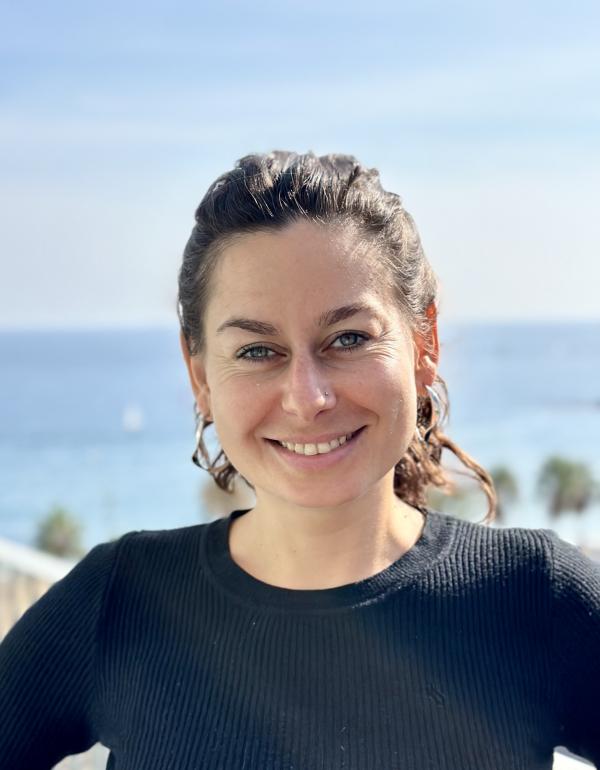
Karolina Kopańska obtained her PhD in Computational Toxicology from the Universitat Pompeu Fabra in Barcelona and a Master’s degree in Toxicology from the University of Potsdam. She specialises in uncertainty analysis within NAM-based frameworks, as well as in translational safety and predictive toxicology.
Currently, she is a postdoctoral researcher at the Johns Hopkins Bloomberg School of Public Health, Center for Alternatives to Animal Testing (CAAT). In this role, she manages regulatory and scientific interactions in international projects such as VICT3R and ONTOX, serving as a bridge between regulatory agencies, AI and tech developers, and laboratory scientists. She is actively involved in method validation and regulatory qualification, thereby contributing to policy development that supports innovative and ethical testing approaches.
Karolina is also an active member of the EUROTOX Early Career Forum (ECF) and the Early Career Board of the QSAR, Chemoinformatics, and Modeling Society (QCMS).
Transparent and computer-assisted integration of NAM results in decision-making considering uncertainty
Karolina Kopańska (Johns Hopkins University)
In the search for alternatives to replace in vivo methods, the application of assessment frameworks involving New Approach Methodologies (NAMs) often leads to the simultaneous availability of multiple pieces of evidence of different quality. When integrated into defined data structures, combinations of NAMs can generate answers to complex toxicological questions. However, if they are not integrated correctly, a collection of NAM results may produce misleading results that complicate the assessment process or lead to wrong conclusions.
This talk will focus on understanding this challenge and exploring ways to overcome it. Specifically, it will illustrate how the integration of mathematical frameworks into computational tools can provide simple, user-friendly solutions for data management and transparent decision-making. The discussion will focus on cases where multiple NAMs are applied to address the same toxicological question and will include a demonstration of a software tool developed to tackle this issue.
